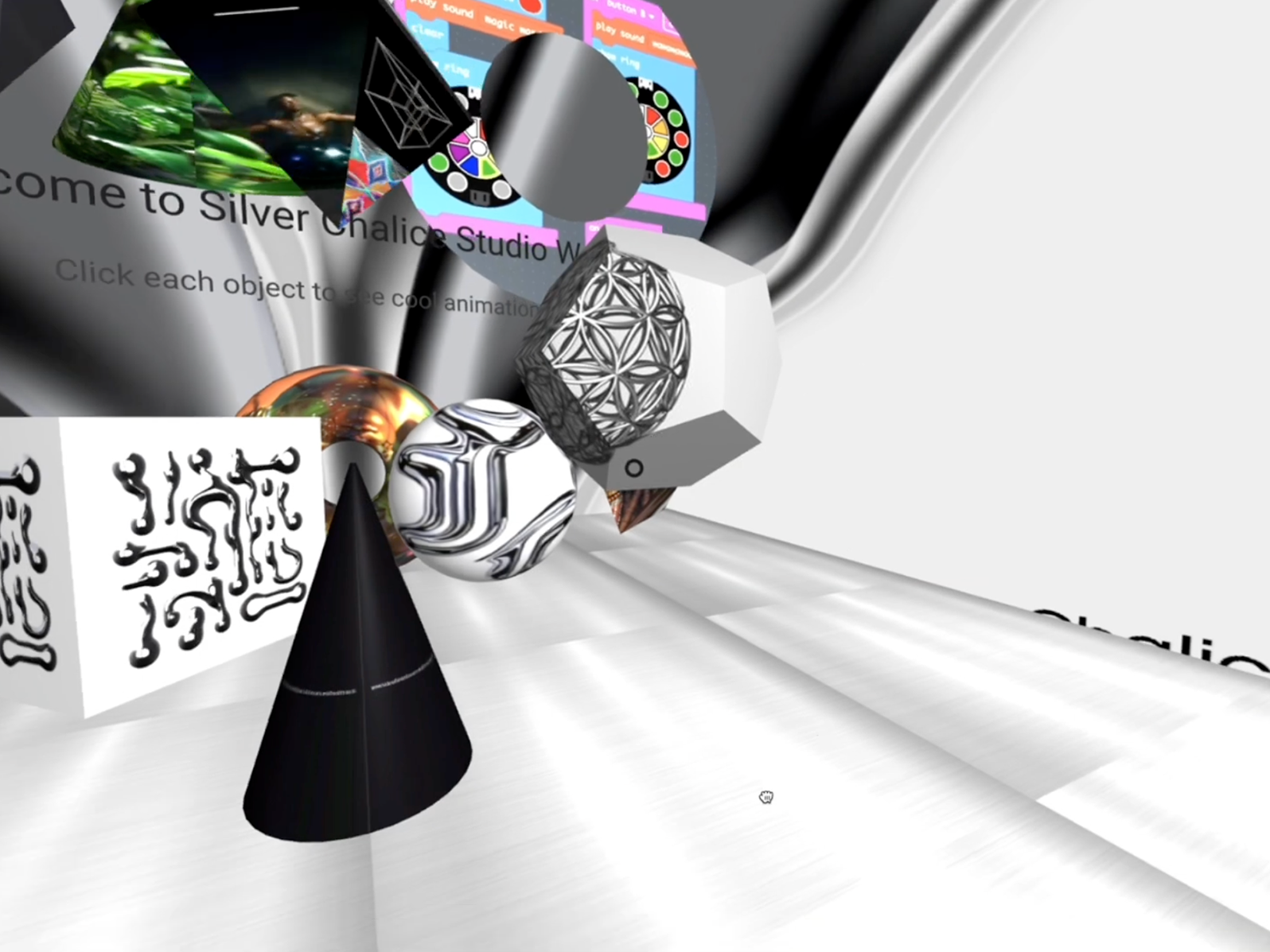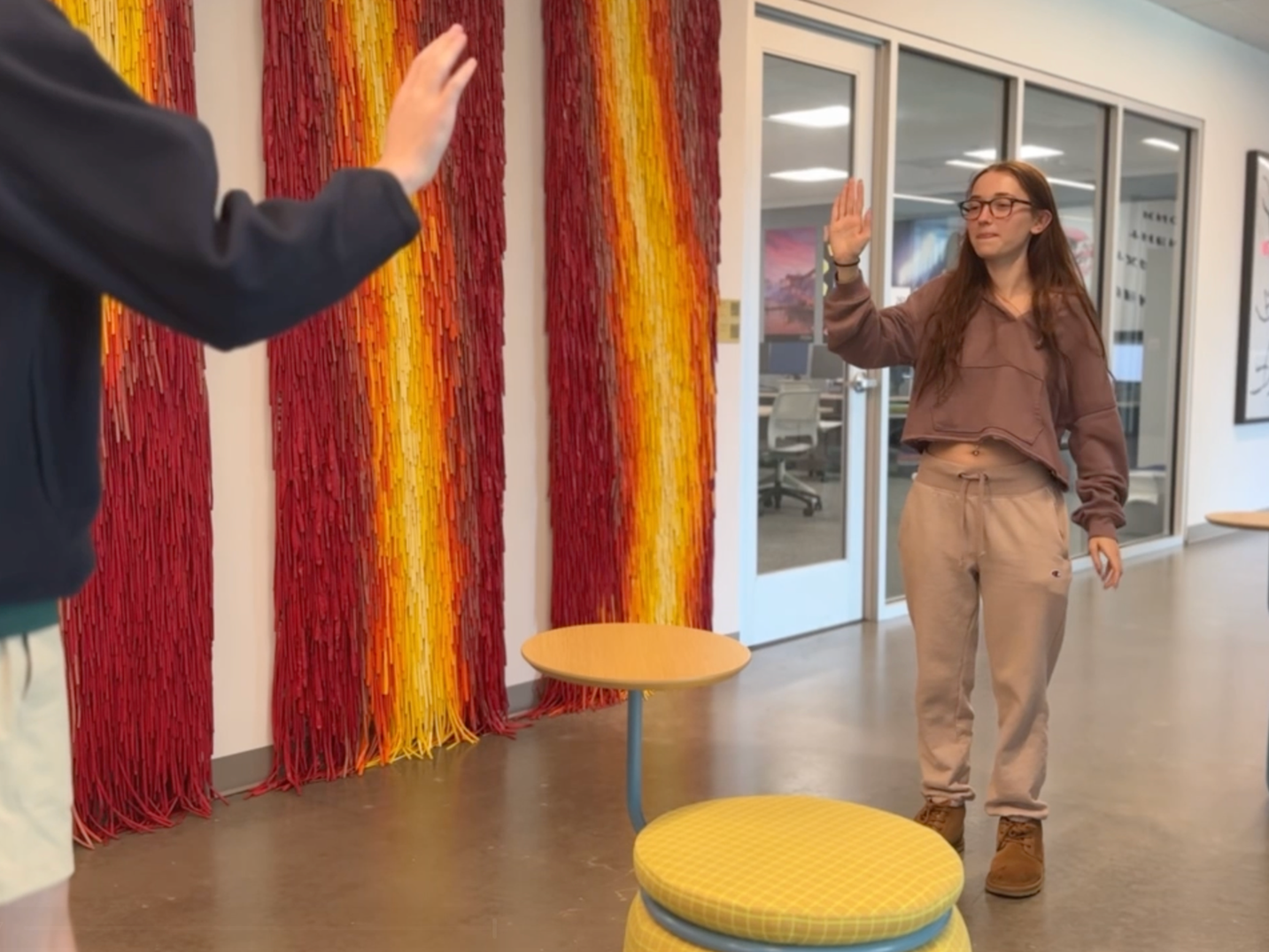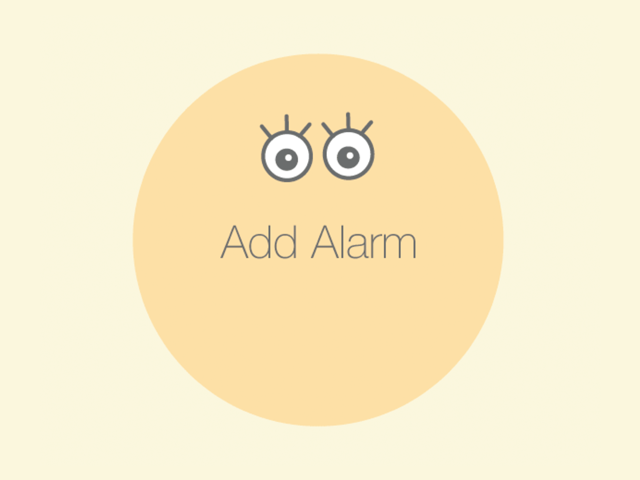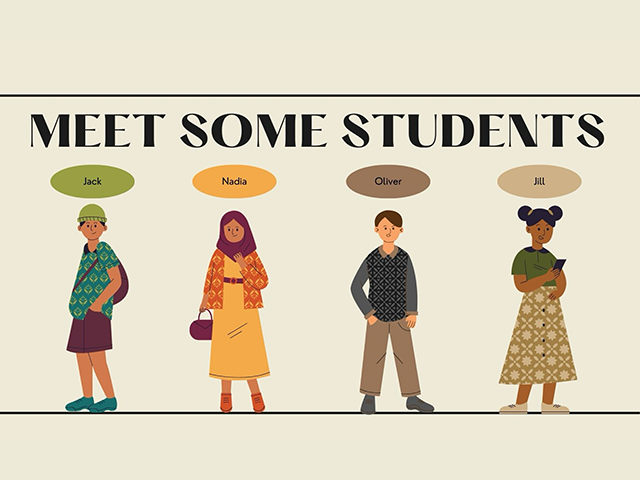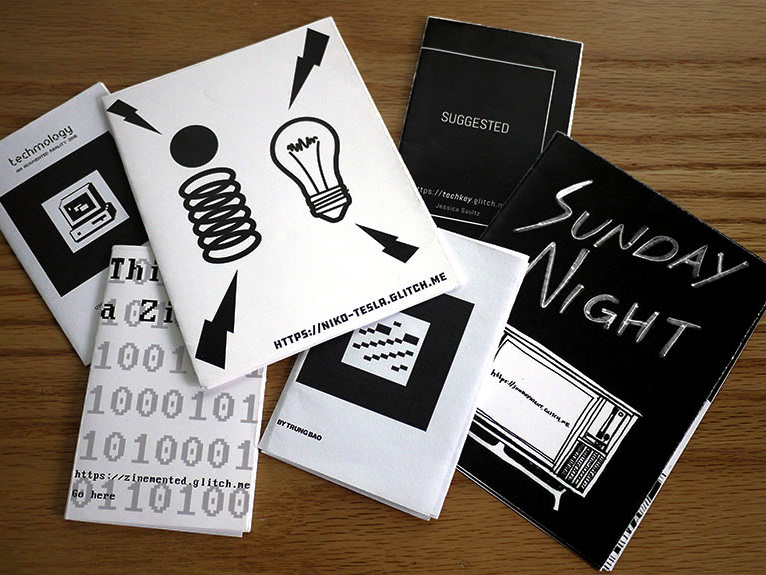Project Brief
Storytelling is a natural human act. Stories connect us to history and possible futures. While there is much to be said about stories and history, our connection to possible futures is of primary focus. “Critical Incidents” focuses on stories that connect us to those we don’t understand.
As technological advancements and specifically Artificial Intelligence (A.I.), impact the creation of products, services, and experiences within the artificial world, a challenge by Philip van Allen supports a topic of interest:
“There is an urgent need to develop generative and effective methods that explore the consequences of design choices when creating AI systems, including consideration of the new ecologies they create. This is an interaction-design meta-task– not just designing for A.I., but designing HOW to design for A.I..” - Philip van Allen, Animism in Design: Creating an Internet of Quirky Things.
Developing A.I. is the new surrealism. It is the chaotic work of augmenting reality by juxtaposing supernatural experiences alongside the attrition of dying products, systems, and services that support the same human needs and wants within everyday life. A.I. has already found its way into our lives and soon it will become more prevalent in ways that seemingly make our lives better, fitter, happier, and more productive. In the context of higher education, there is a call to have a basic understanding of how A.I. will impact professional practice and the everyday futures our students will find themselves living and working in.
Project Setup
Students were given a description and example of the "Critical Incident" method from the Universal Methods of Design by Bella Martin and Bruce Hanington. Typically used as a qualitative research method, the method was re-purposed as a mode of inquiry and speculation – we used it to create something rather than as a research tool. In addition to the description of the method, a brief introduction to using Adobe Illustrator was also provided. None of the students in the class had taken a graphic design course.
Learning Outcomes
• Develop an understanding and a point of view of the future applications of artificial intelligence and machine learning.
• Students will gain simple sketching and prototyping skills for visualizing and communicating ideas in 2D and 3D forms.
• Students will expand their abilities in persuasive communication through storytelling, presentation, and other communication modalities.
• Students will be exposed to specific technologies for prototyping machine learning models.
Deliverables
• Every week, each student was to submit one critical incident of any context and any pre-existing or fictional thing.
• All critical incidents were submitted as 8.5×11 inch PDF documents, landscape.
• All submissions were compiled into an 8.5×11 saddle stitch booklet with a simple typographic treatment, a written Foreward, and a Reflection statement by the course instructor.
The UP Campus Print Shop then printed the booklet. Due to COVID-19 restrictions, the entire course and project was conducted remotely online during the Fall of 2020.
Readings / Resources
Lidwell, W., Holden, K., Butler, J., (2010). Universal Principles of Design, Revised and Updated: 125 Ways to Enhance Usability, Influence Perception, Increase Appeal, Make Better Design Decisions, and Teach through Design (2nd Edition). Rockport Publishers.
Marenko, B., van Allen, P., (2016). Animism in Design: An Internet of Quirky Things. (Web) http://www.1984boldideas.com
Martin, B., Hanington, B., (2012). Universal Methods of Design: 100 ways to research complex problems. Develop innovative ideas and design effective solutions. Rockport Publishing.
Reflection
The project was part of a course called Living with Intelligent Things. The course focused on opening up the conversation of artificial intelligence beyond that of the computer science program and definitely from a less technical perspective. The project is designed as an inquiry given the supporting interests of each student relative to their major.
Something that went well was the hyper-focus on the emotional impact of technology, wherein, during each critical incident, we could discuss the value and meaning of implementing such technologies under specific banal situations that suddenly became peculiar. Another positive aspect that unfolded was discussion points revealing AI's strengths, weaknesses, opportunities, and threats. Overall, the simplicity and quantity of outcomes provided much space for reflection and discussion on technology, behavior, sociology, and the possible communication tactics between the humanities and engineering to interrogate and explore these futures.
